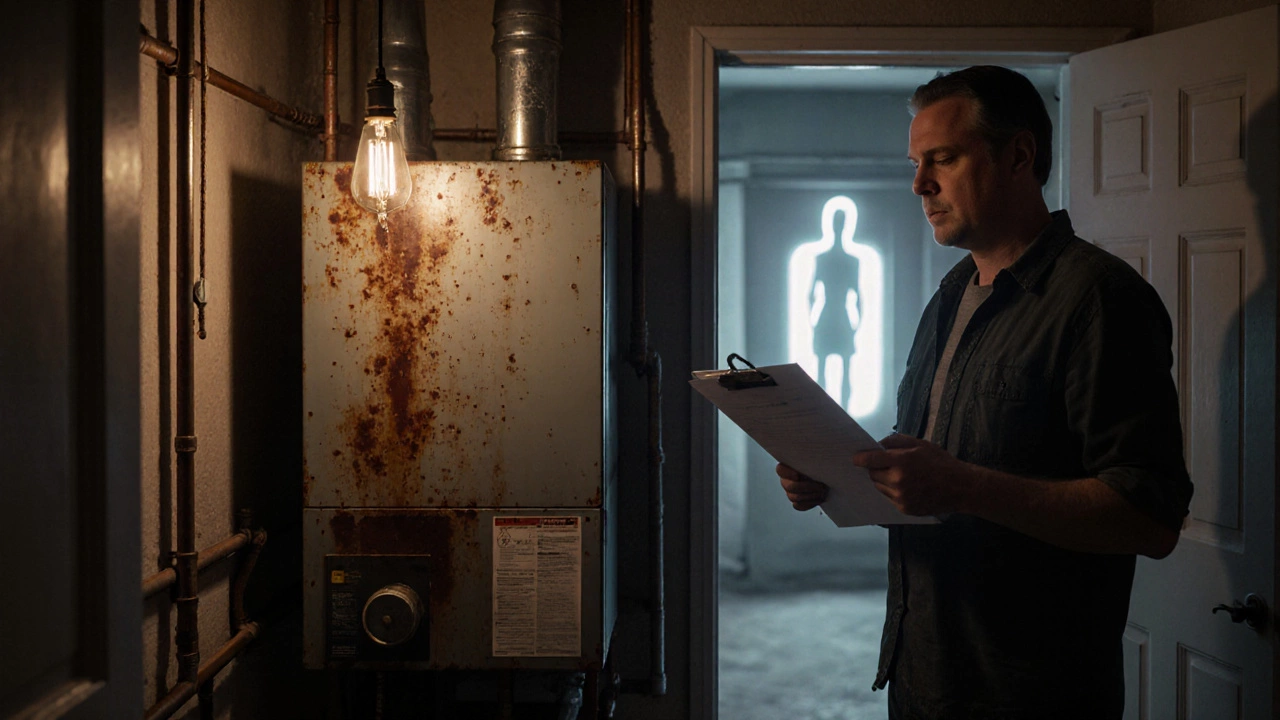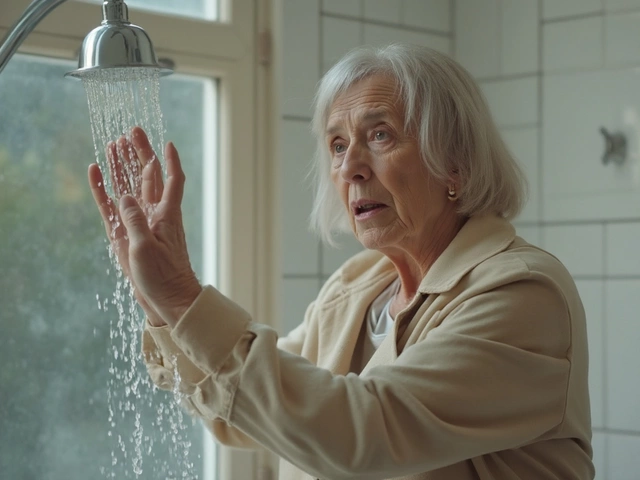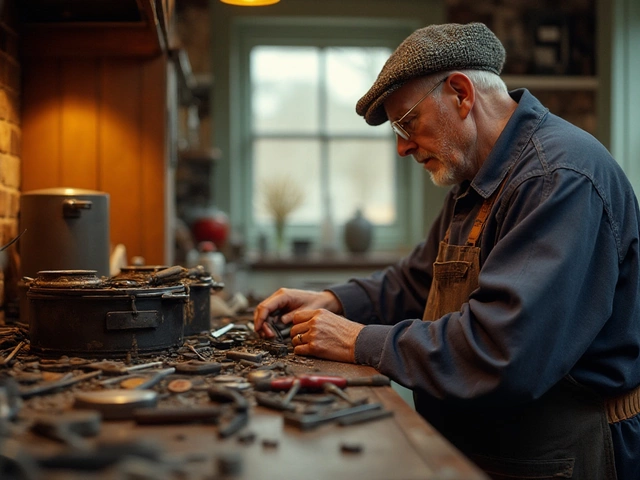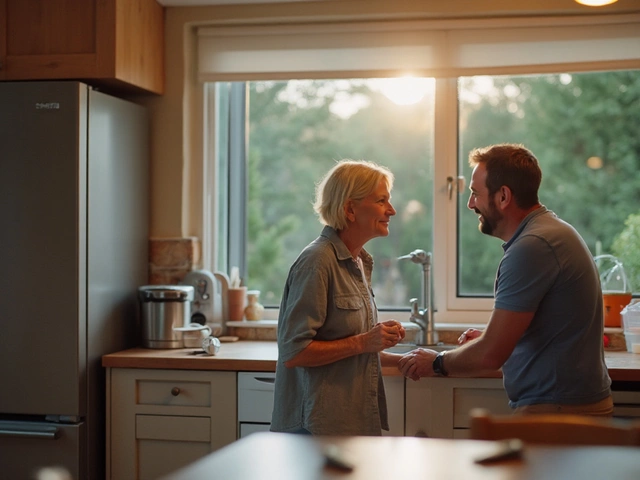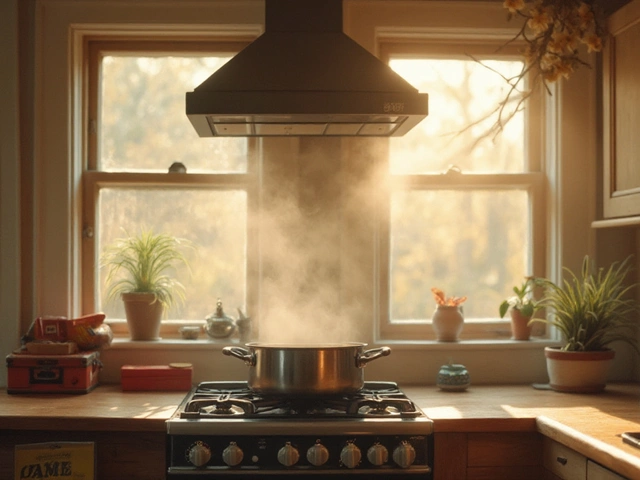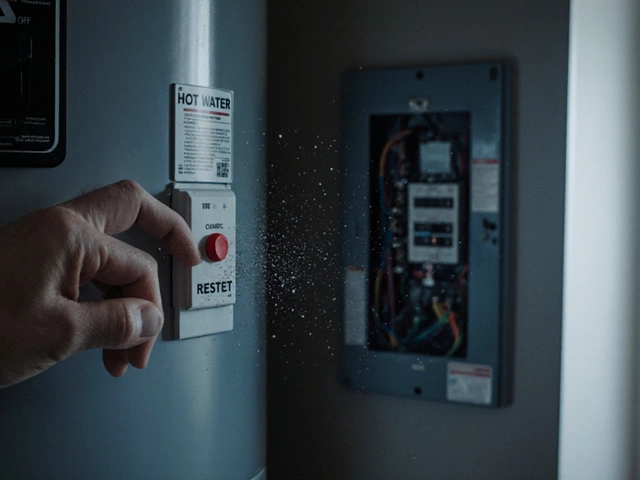Boiler Replacement Cost Estimator
Estimate Your Boiler Replacement Cost
Get a personalized quote based on your home and needs
When your heating system finally quits, the first thing that pops into your head is often, boiler replacement cost. Is it going to break the bank, or can you stretch your budget a bit and still get a reliable unit? In this guide we’ll break down every piece of the price puzzle, from the type of unit you choose to the hidden fees that creep up during installation.
Why Replacing a Boiler Might Be the Right Move
Before you start hunting for quotes, ask yourself whether a repair will actually extend the life of your system. A boiler is the central heating unit that heats water and circulates it to radiators or under‑floor pipes that typically lasts 10‑15 years. If yours is pushing 20 years, the metal is likely corroded, the heat exchanger is worn, and you’ll be paying for patch‑up jobs forever. In many cases, a new unit saves you money in the long run because modern models are far more efficient.
Key Factors That Drive the Price
- Gas boiler is a heating system that burns natural gas or LPG to produce hot water - generally cheaper to run but requires a gas line.
- Electric boiler is a unit that uses electricity to heat water, ideal where gas isn’t available - higher electricity bills but simple installation.
- Condensing boiler is a high‑efficiency gas boiler that captures waste heat from exhaust gases - higher upfront cost, but up to 15% lower running costs.
- Heat pump is an electric system that moves heat from outside air or ground into your home, acting as both heating and cooling - biggest upfront price tag, excellent for future‑proofing.
- Installation labour is the amount you pay a certified plumber or heating engineer to fit and commission the unit - varies by region, experience, and job complexity.
- Warranty is the guarantee offered by the manufacturer or installer covering parts and labour for a set period - longer warranties can add a few hundred dollars but protect you from future headaches.
- Energy efficiency rating is the star rating that shows how much fuel a boiler uses compared to a baseline - higher stars usually mean higher price, but the savings pay off in 3‑5 years.
- Australian standards is the set of regulations (AS/NZS 3828, AS/NZS 5133) governing boiler design, installation, and safety - compliance can affect both unit choice and installer fees.
- Local council permit is a document some councils require before you replace a boiler, especially in heritage or high‑rise buildings - usually a modest fee, but it adds a step to the timeline.
Typical Price Ranges in Australia (2025)
Prices vary widely by state and city, but here’s a ball‑park for Adelaide and similar markets:
| Boiler Type | Unit Price (AUD) | Labour & Commissioning | Total Cost Range |
|---|---|---|---|
| Standard Gas Boiler | 1,200 - 2,200 | 800 - 1,200 | 2,000 - 3,400 |
| Condensing Gas Boiler | 2,500 - 4,000 | 900 - 1,300 | 3,400 - 5,300 |
| Electric Boiler | 1,500 - 2,800 | 700 - 1,100 | 2,200 - 3,900 |
| Air‑Source Heat Pump | 7,000 - 11,000 | 1,500 - 2,200 | 8,500 - 13,200 |
These figures assume a typical 3‑ to 4‑bedroom house with existing pipework. If you have a larger home, multiple zones, or need extensive pipe rerouting, add 10‑20% on top.
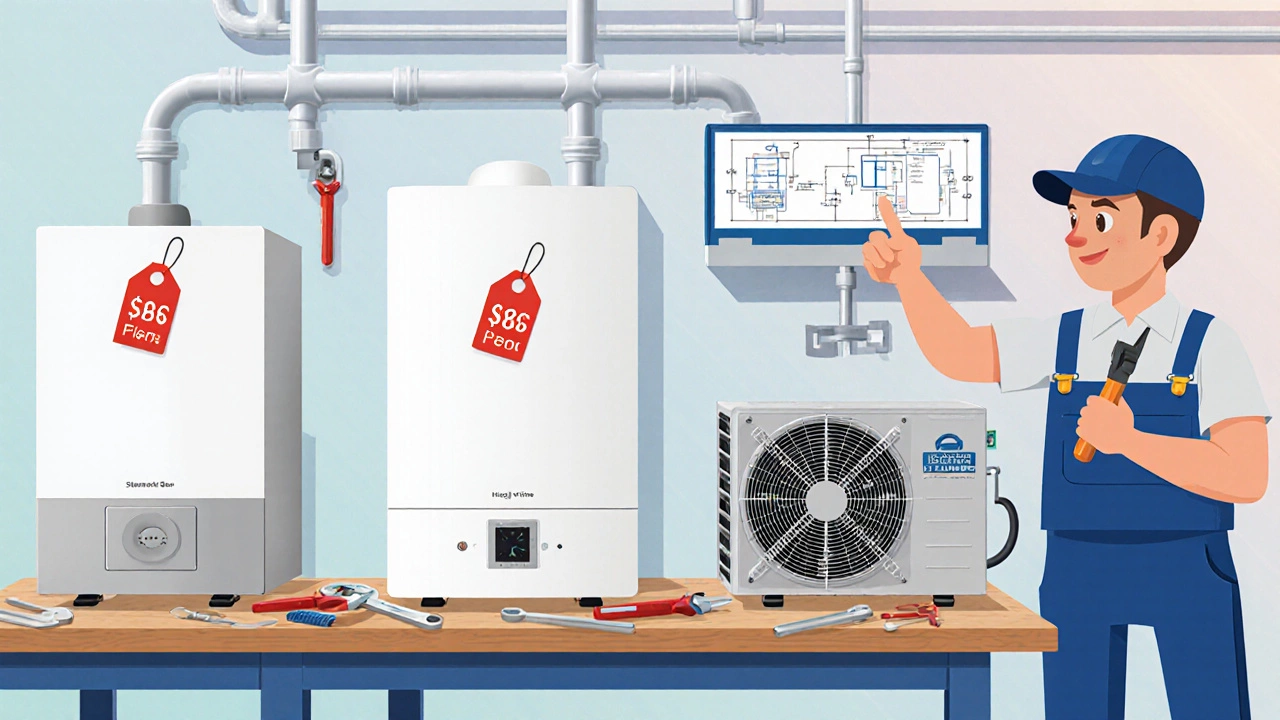
How to Get a Realistic Quote
- Make a list of your current boiler’s age, fuel type, and any known issues.
- Decide which boiler type fits your lifestyle (e.g., gas vs. electric vs. heat pump).
- Contact at least three licensed installers. Ask them to break down the quote into unit price, labour, warranty, and any permit fees.
- Check that each installer references compliance with Australian standards (AS/NZS 3828). This protects you from shoddy work.
- Ask for a written estimate that includes a 12‑month warranty on both parts and labour. Anything less should raise a red flag.
Having a spreadsheet with the numbers lets you see where the biggest differences lie - often it’s the labour cost rather than the unit itself.
Hidden Costs and Savings to Watch Out For
- Old pipework removal: Removing a rusted pipe system can add $500‑$1,000.
- System sizing: An oversized boiler wastes fuel, while an undersized one works overtime. A proper heat‑load calculation (often $150‑$300) saves money later.
- Energy rebates: Many state governments offer $500‑$1,500 rebates for high‑efficiency condensing boilers or heat pumps. Check the South Australian Energy Efficiency Grants.
- Smart thermostats: Pairing a new boiler with a Wi‑Fi thermostat can shave 5‑10% off your annual bill.
DIY vs. Professional Installation
In Australia, boiler installation is regulated. You must have a licensed plumber or heating engineer sign off the work, otherwise the warranty becomes void and you can be fined. Even if you’re handy, the gas and electrical connections, pressure testing, and final certification are not DIY‑friendly.
Attempting a DIY job can save $300‑$600 in labour, but the risk of a failed installation (which could cost $2,000‑$3,000 to fix) outweighs the savings. Bottom line: stick with a certified professional.
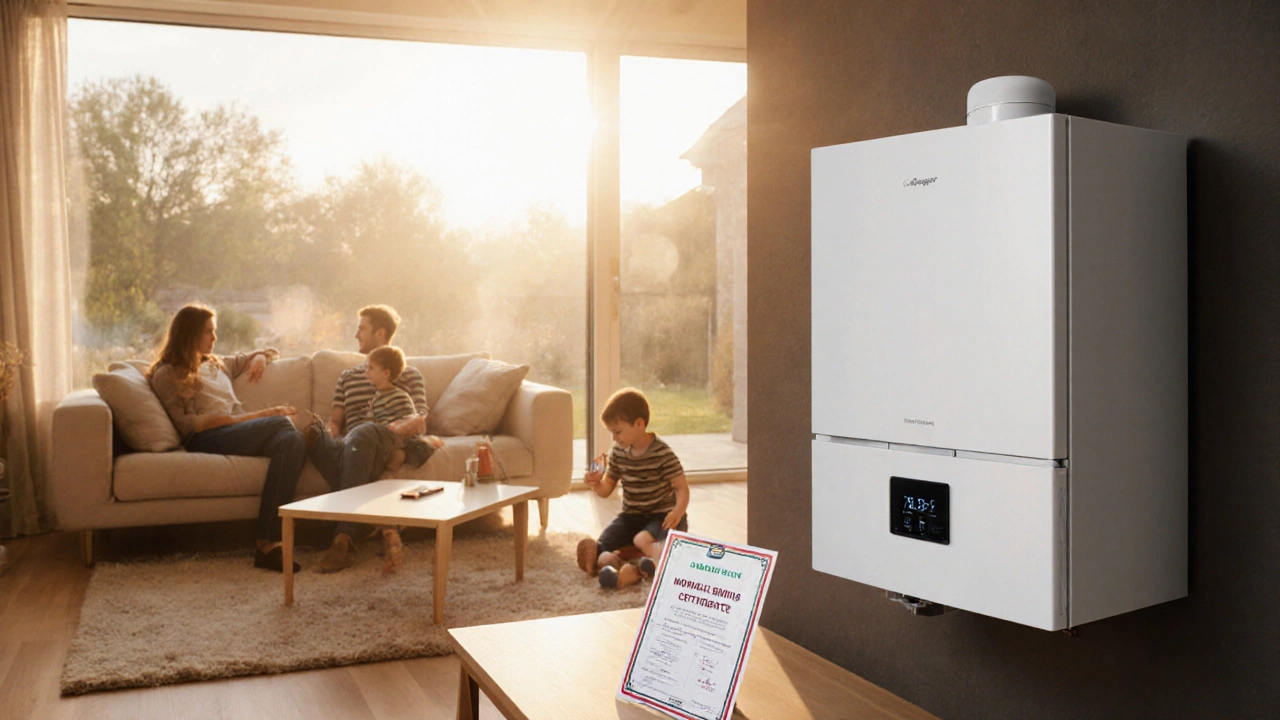
Tips to Keep the Replacement Cost Down
- Combine the boiler upgrade with other scheduled maintenance (e.g., pipe insulation) to spread labour costs.
- Choose a model that meets your current heating load; no need for a 30kW unit if you only need 15kW.
- Take advantage of seasonal promotions - many installers discount boiler packages in spring and autumn.
- Ask if the installer offers a financing plan with zero interest for 12 months; this smooths cash flow.
- Check the warranty length. A 10‑year parts warranty often comes with a higher price tag but eliminates future repair surprises.
When Replacement Beats Repair
If you’ve had more than two major repairs in the last three years, or the unit is over 15 years old, the math usually leans toward replacement. A quick rule of thumb: if the repair quote exceeds 30% of the price of a new, efficient boiler, replace it.
Also, if your energy bills have risen sharply without a change in usage, it could signal a failing heat exchanger - another sign that a new unit will pay for itself faster than continued fixes.
Bottom Line
Replacing a boiler is a significant investment, but it’s also a chance to lock in lower energy bills and avoid endless emergency calls. By understanding the types of boilers, the labor and compliance costs, and the rebates available in Adelaide, you can turn an intimidating price tag into a clear, manageable plan.
How much does a standard gas boiler replacement cost in Adelaide?
A typical gas boiler unit runs $1,200‑$2,200, and labour adds $800‑$1,200. Expect a total of $2,000‑$3,400 for most 3‑bedroom homes.
Are there rebates for high‑efficiency boilers in South Australia?
Yes. The state offers $500‑$1,500 rebates for condensing gas boilers and air‑source heat pumps that meet a minimum 4‑star energy rating.
Do I need a council permit to replace my boiler?
In most residential zones you won’t need a permit, but heritage properties or high‑rise apartments may require a Local council permit. It’s a small fee, but you’ll need it before work begins.
Can I install a boiler myself to save money?
No. Australian law requires a licensed plumber or heating engineer to certify the installation. DIY work voids warranties and can lead to fines.
What’s the biggest factor in the price difference between boilers?
The boiler type and its energy efficiency rating drive the unit price. A condensing boiler or heat pump may cost double a standard gas unit, but the fuel savings often offset that over a few years.

